Walking on water might sound like a miraculous phenomenon, reserved for religious tales and magic tricks. However, in the natural world, there are fascinating creatures that have mastered this seemingly impossible feat. While many might immediately think of insects or the iconic “Jesus lizard” of Central and South America, there’s another water-walking marvel worth acknowledging. Let’s dive into this remarkable spectacle of nature and discover the various animals that possess this incredible ability.
The Physics Behind Water-Walking
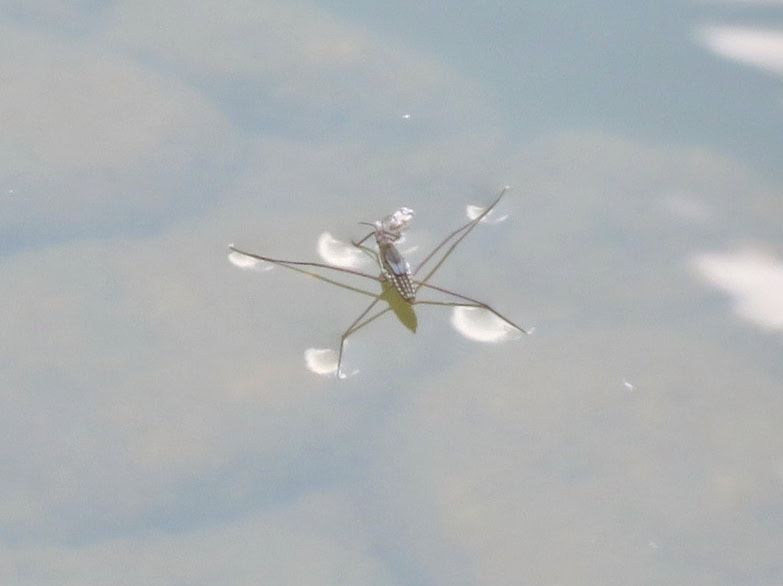
The key principle that allows certain animals to walk on water is surface tension. Water molecules are attracted to each other, forming a ‘skin’ at the surface. Small creatures like insects can take advantage of this tension, distributing their weight in such a way that they don’t break through the surface.
The Basilisk Lizard: A Common Misconception
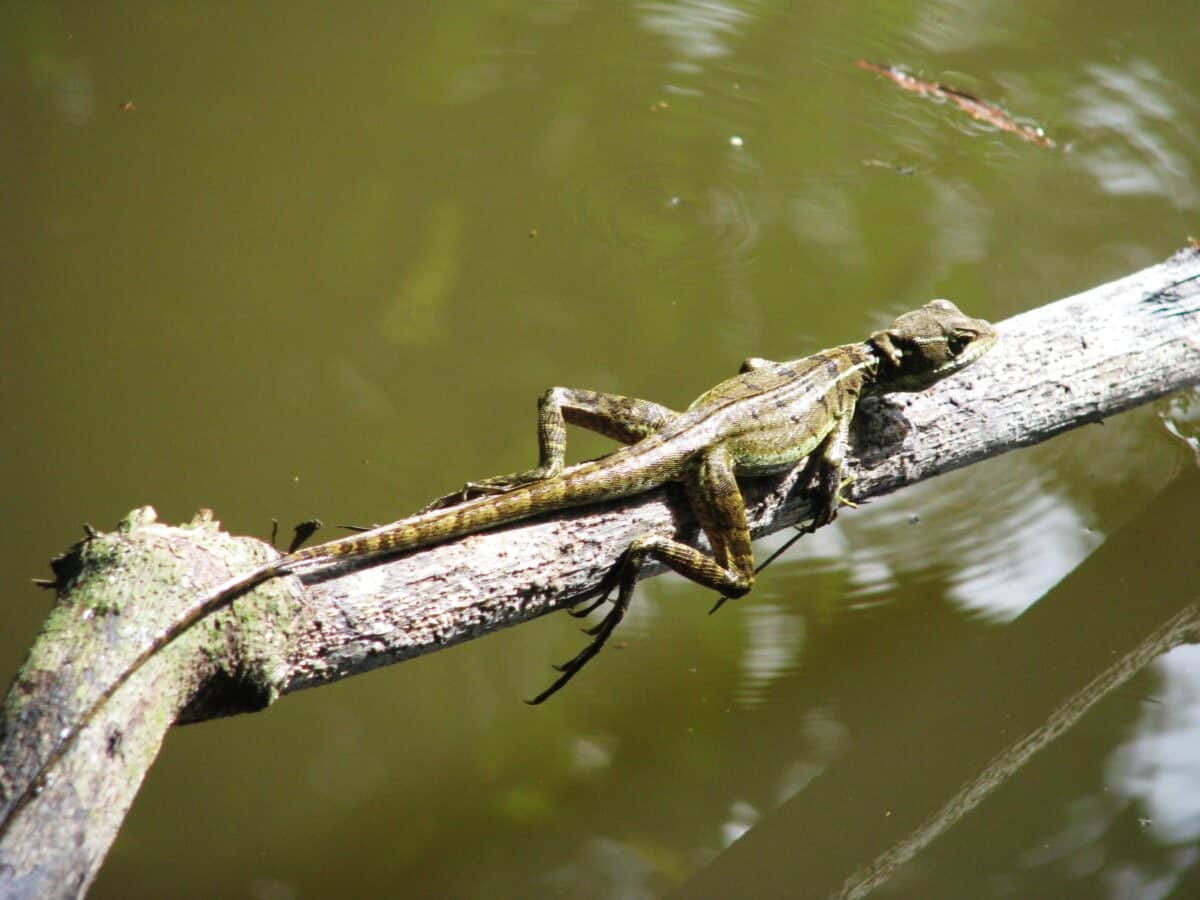
The basilisk lizard, often dubbed the “Jesus Lizard,” is renowned for its ability to run across water surfaces. Moving at incredible speeds, it slaps its feet rapidly against the water, creating tiny air pockets that keep it buoyant. However, it’s not the only creature capable of such a feat.
The Incredible Water-Bouncing Spider

One of the lesser-known water-walkers is the water-bouncing spider. Unlike its relatives that spin webs, this spider spends its life skimming across ponds. Its hydrophobic legs repel water, keeping it buoyant and able to chase prey or evade predators.
The Mechanics Behind Spider Strides

This spider’s legs are coated with tiny hair-like structures that trap air, creating a cushion that enables it to slide across water effortlessly. It skillfully uses rapid leg movements to propel itself, mimicking a boat rowing across a serene lake.
Other Arthropod Marine Marvels
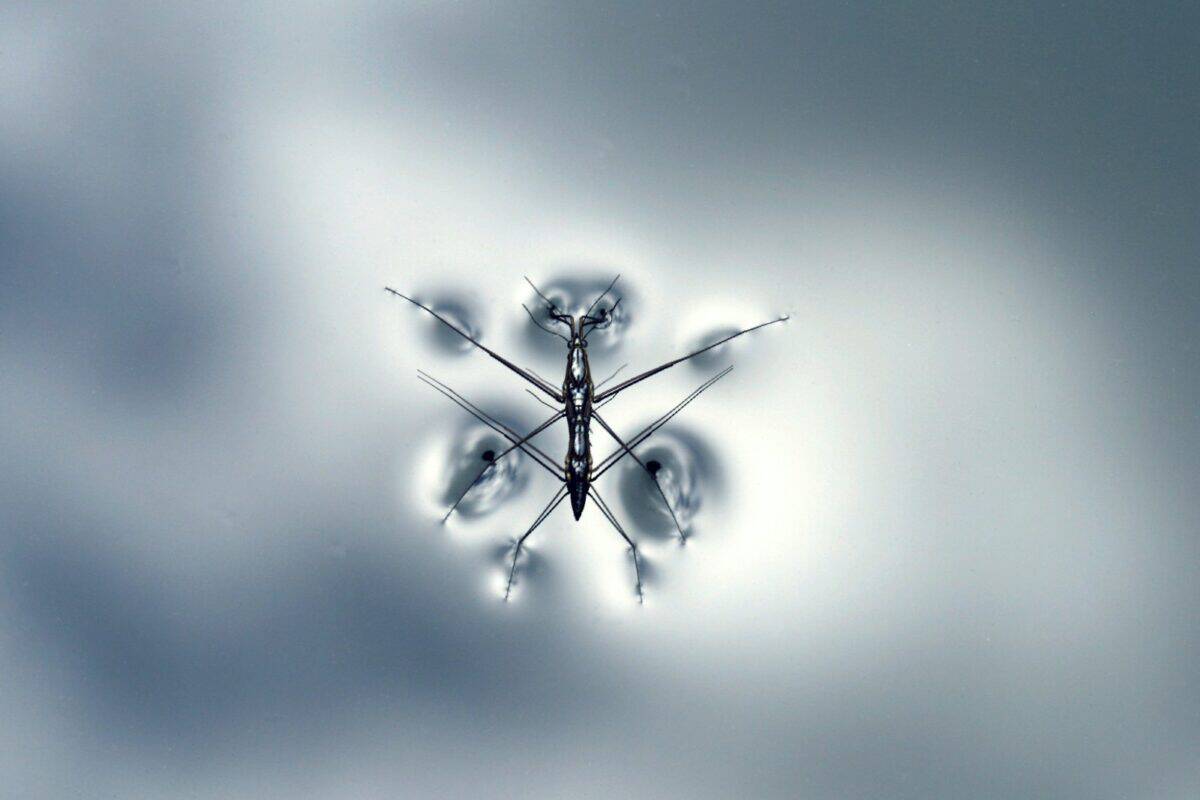
Beyond spiders, many insects also walk on water, including water striders, which are perhaps more famous for it. These creatures have evolved long legs and a lightweight body, perfect for skating across ponds and streams without breaking the surface tension.
The Science of Buoyancy in Water Striders

Water striders possess specialized legs, covered in fine hairs that repel water, allowing them to distribute their weight over a broader area. Their dexterous legs push against the water surface, permitting graceful movement while searching for food or mates.
The Fascinating Traits of Water-Walking Mammals
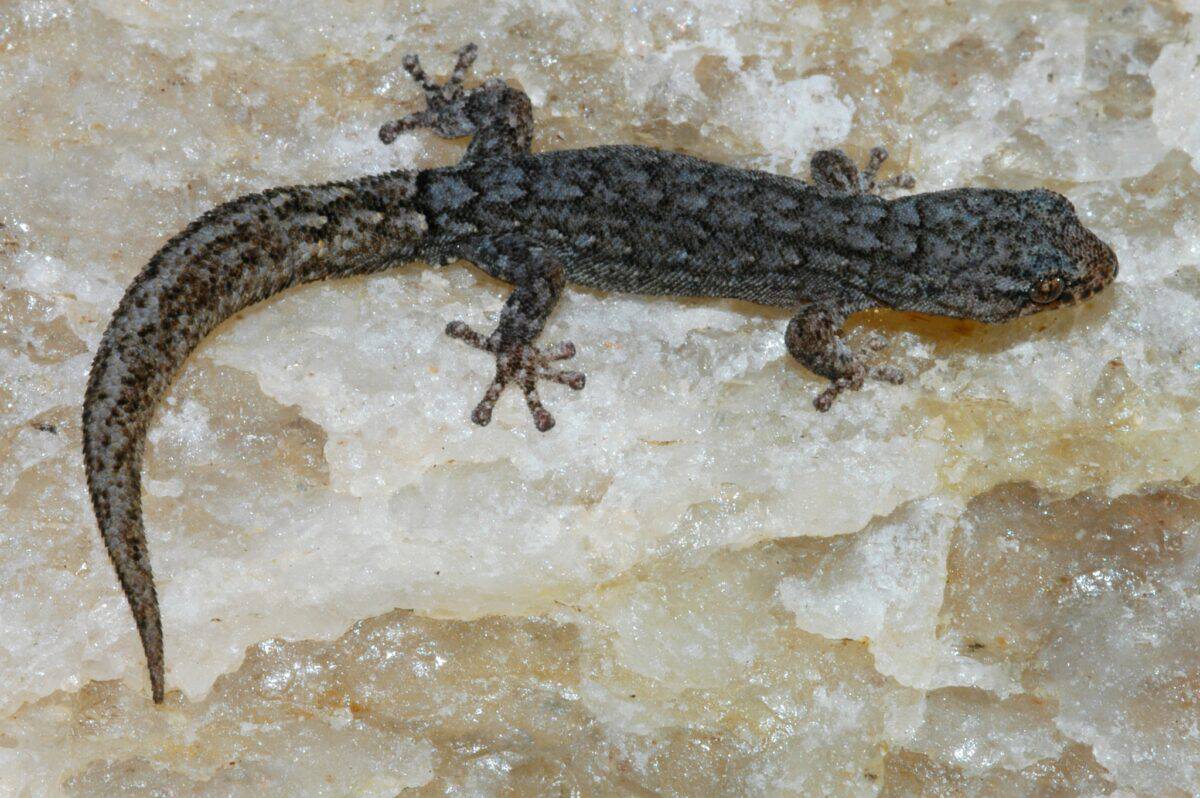
While most water walkers are insects or reptiles, some mammals exhibit this skill in watery environments. For example, the pygmy gecko can run on water when startled, thanks to similar hydrophobic mechanisms in their feet.
Exploring Habitats and Adaptations

Most water-walking animals inhabit swampy, marshy areas or calm streams where surface tension is strong. These environments have driven evolution toward lightweight, water-repelling structures in various animal species.
Why Water-Walking is Evolutionarily Advantageous
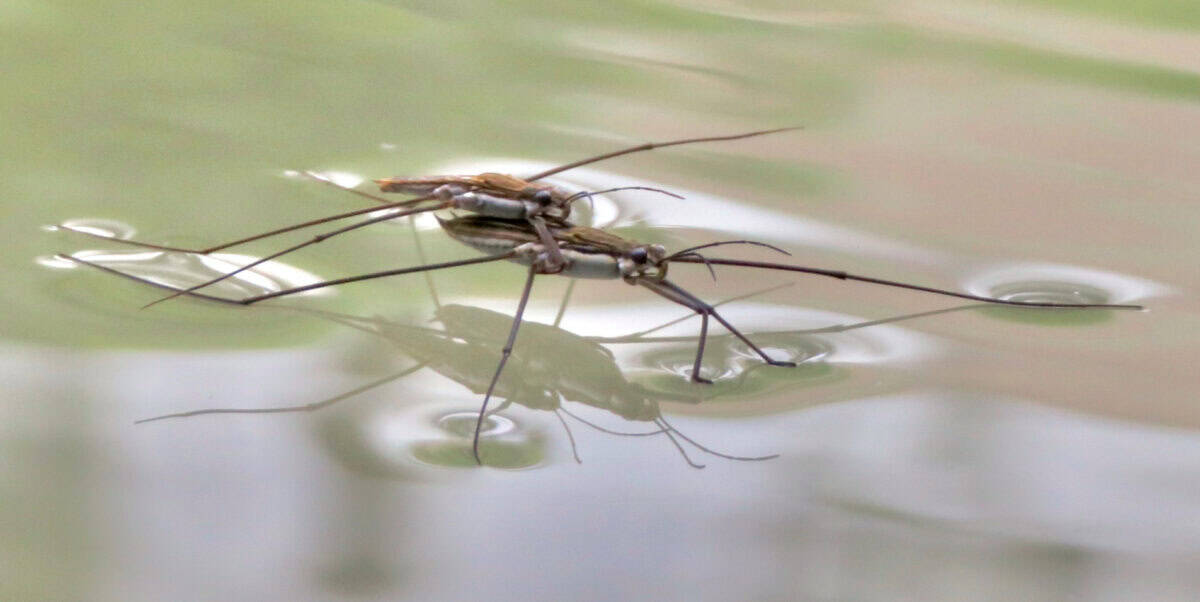
Water-walking provides numerous evolutionary advantages. Animals that can walk on water can access food and escape predators easily. For some, it aids in courtship rituals or territory defense, demonstrating their agility and strength.
Human Attempts to Mimic Nature
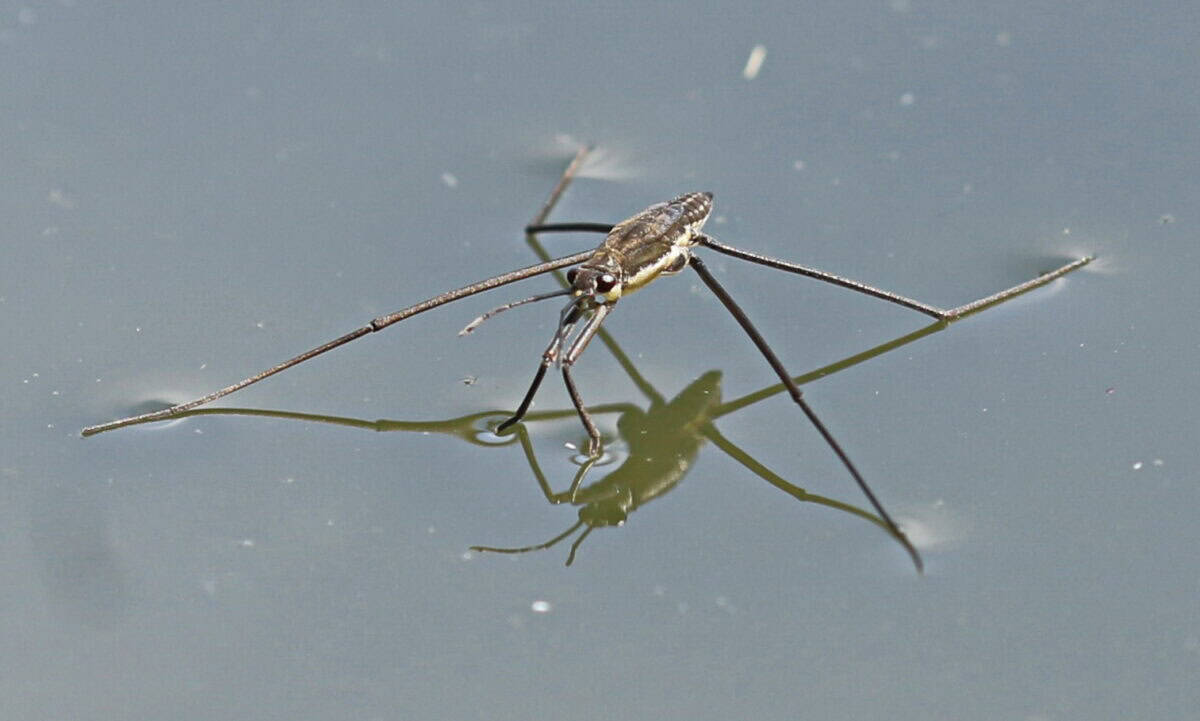
Inspired by these natural marvels, humans have attempted to emulate water-walking using technology. From water shoes to surface tension-driven robots, nature continues to inspire engineers seeking to unlock the secrets of staying above water.
The Importance of Conservation
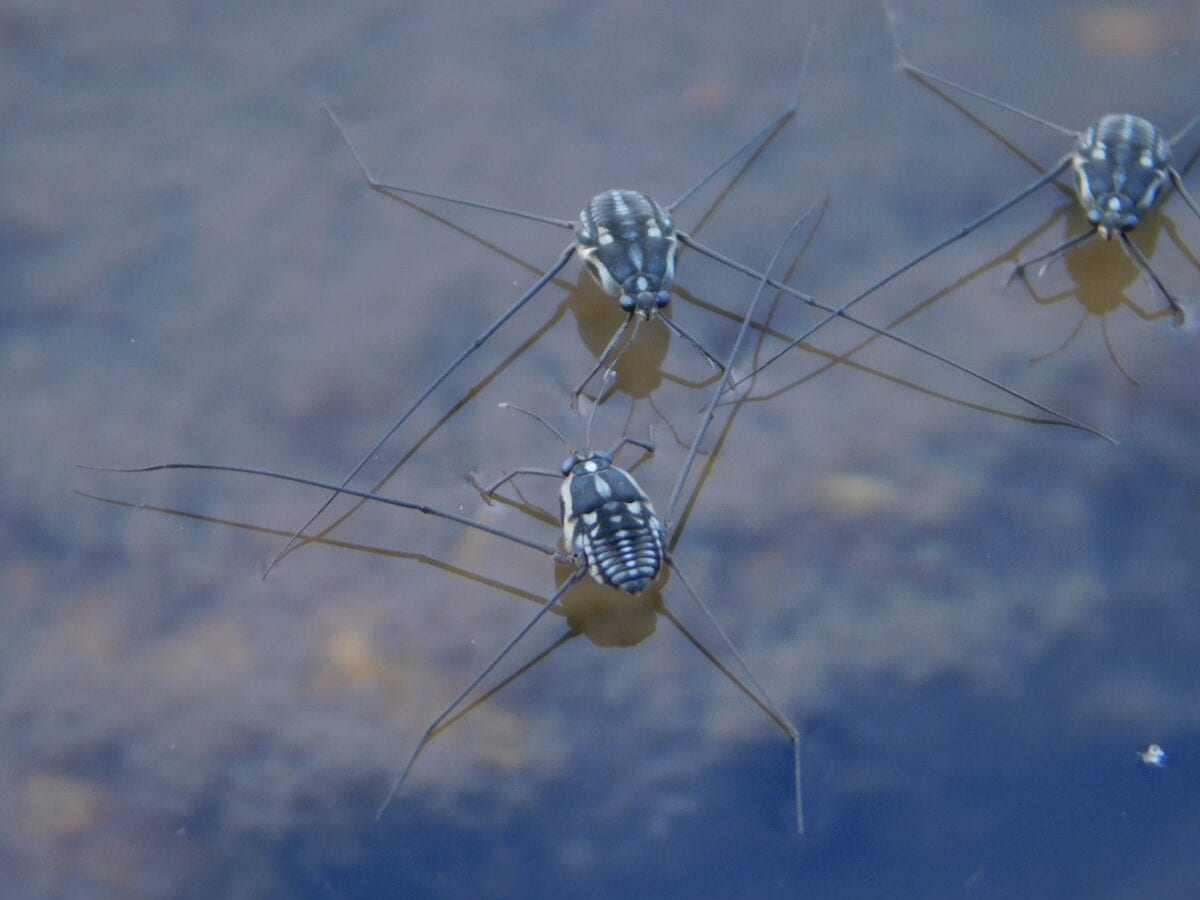
Like all creatures, water-walking animals play crucial roles in their ecosystems, and conservation of their natural habitats is essential. Protecting wetlands and minimizing pollution ensures these fascinating species can thrive and continue to captivate human imagination.
A Marvel of the Natural World
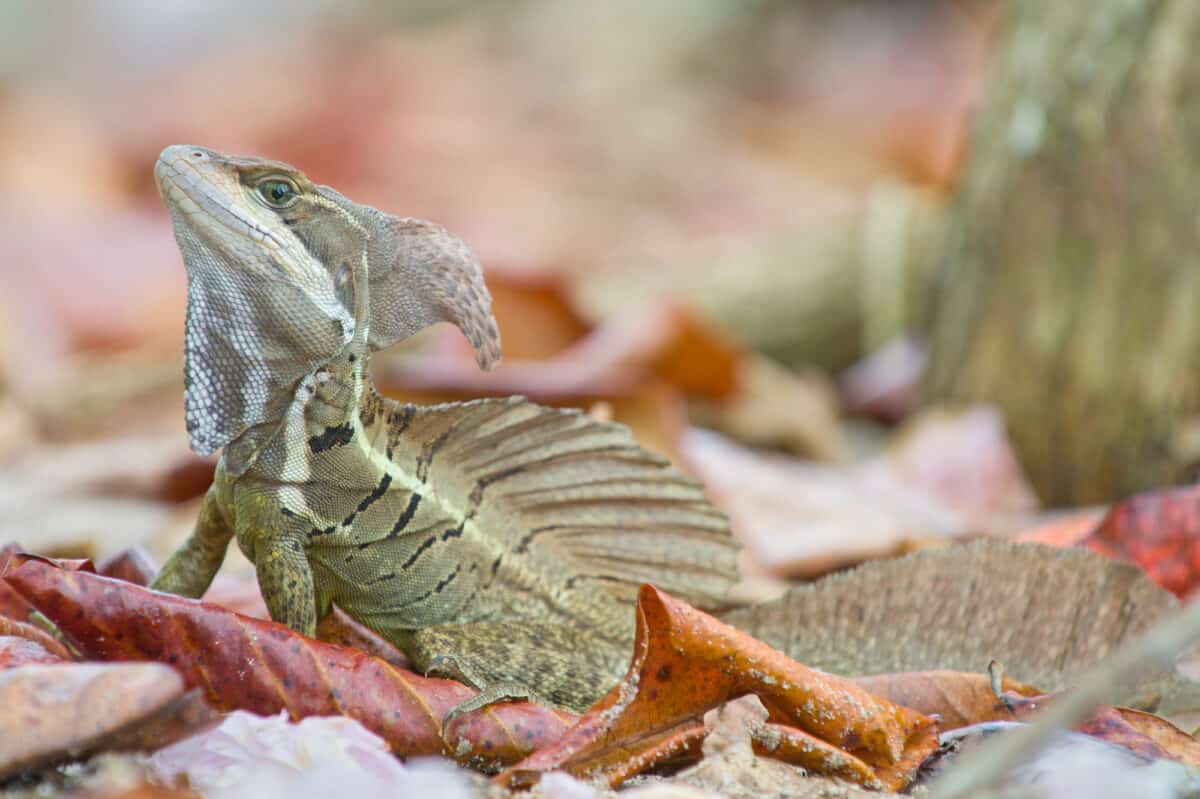
In conclusion, water-walking animals remind us of nature’s boundless creativity and adaptability. From spiders to striders, they have evolved remarkable adaptations that allow them to defy expectations and traverse the water’s surface. These creatures are living testaments to the wonders of evolution and the diverse tapestry of life on our planet.
- Find Out Which Petting Spots Make Your Cat Purr - August 22, 2025
- The Animal That Can Hear Sounds From Over 100 Miles Away - August 22, 2025
- The Animal That Can Walk on Water—And It’s Not What You Think - August 22, 2025
